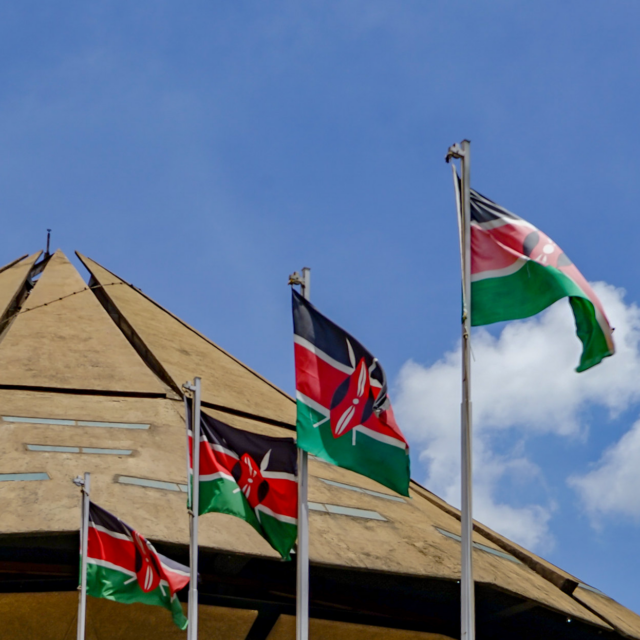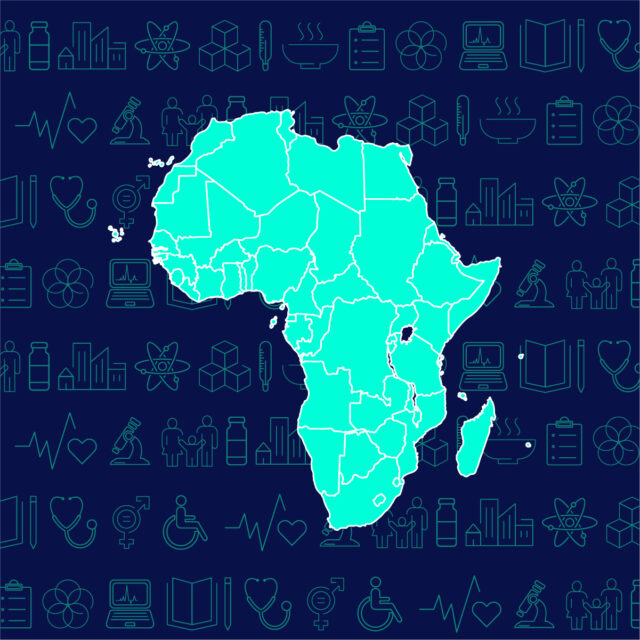In May, the Driftwood Club, a popular beach hotel in Malindi, closed its doors to the public, becoming one of the many hotels in the Kenyan seaside to shut down permanently. Earlier this year, Old Man and the Sea, one of the oldest and most iconic fish restaurants in this coastal town, also closed.
Tourism is the economic backbone of Kenya’s coastal region. Foreign, mainly Italian, tourists usually start trickling into Malindi in July, at the start of the summer holiday season in Europe. But this year, not many are seen on its beaches. With very few guests, many hotels and restaurants have been forced to make the hard decision of shutting down permanently.
Malindi’s fortunes were declining even before the pandemic hit Kenya early last year. A spate of Al Shabaab terror attacks resulted in the UK and other countries issuing travel advisories and cautioning their citizens against travelling to Kenya. In June 2014, an attack in Mpeketoni in Kenya’s coastal Lamu County killed more than 60 people and led to perceptions that the region was dangerous. This caused a decrease in the number of foreign tourists to the area. The COVID-19 pandemic is perhaps the final nail in the coffin of the region’s already weakened economy.
Kenya’s coastal region is not the only part of the country to see sharp drops in tourists; tourist numbers have also declined in the country’s world-renowned game parks and other tourist destinations. Kenya is the third largest travel and tourism destination in Africa, after South Africa and Nigeria, and the tourism sector accounts for 4.4% to the country’s GDP. Prior to the pandemic, Kenya received more than 2 million annual visitors, mainly from the US, the UK, India, China, Germany, France, and Italy. Kenya’s tourism ministry estimates that foreign tourist numbers fell by two-thirds last year, to fewer than 500,000 in the first 10 months of 2020. This cost the country about $1 billion in lost revenue.
While the UK has eased restrictions on vaccinated travelers from the US and the EU countries, Kenya remains on the “red list” of countries that UK citizens are prohibited from entering. People travelling from red list countries to the UK are also subject to strict restrictions, such as two-week quarantines and proof of negative COVID tests.
Layoffs as a result of reduced demand
COVID restrictions are not only directly impacting the tourism industry, but a whole range of inter-linked services as well, such as catering and airlines. With reduced demand for supplies and services in the tourism sector, these services have scaled down their operations significantly.
Hotel bookings are way below capacity, and some lodges in game parks have temporarily closed operations until tourist numbers pick up. Kenya’s tourism ministry recorded a sharp drop of 57.9% in food and accommodation services last year, which cost the sector 110 billion Kenyan shillings (about $1 billion). Revenue from tourism in Kenya fell by 80% in 2020. “We are on our knees,” declared tourism minister Najib Balala in June 2020.
Before the pandemic, the tourism and related sectors employed more than 2 million people, many of whom have now either lost their jobs or earn reduced salaries. People working in the hospitality industry — including housekeepers, chefs, travel agents, tour operators, and event organisers — have been most affected. A survey of key stakeholders in Kenya’s tourism sector at the start of the pandemic last year found that slightly more than 80% of companies engaged in tourism had reduced their number of employees, and 31.9% reported reducing the pay of the remaining employees by over 70%.
A global phenomenon
In 2020, global domestic and international passenger traffic fell by 60%, or 2.7 billion compared with 4.5 billion in 2019. This represents a loss of an estimated $1.3 trillion in international tourism expenditure. The silver lining on this rather grim scenario is that CO₂ emissions from air traffic last year dropped by a record 48%. In 2019, emissions from aviation made up 2.5% of global CO₂ missions.
Between January and May this year, international tourist arrivals were 85% below 2019 levels, according to a UN World Tourism Organization (UNWTO) report. The Asia and Pacific region suffered the largest decline, with a 95% reduction in international arrivals in the first five months of 2021 compared to the same period in 2019, followed by Europe (-85%), the Middle East (-83%), Africa (-81%), and the Americas (-72%).
A UNWTO survey showed that only 1% of respondents in Africa expected tourism to return to pre-pandemic levels this year. UNWTO estimates that it will take between 2.5 years and 4 years for global international tourism to return to 2019 levels.
But some people in Kenya’s tourism industry are more optimistic. Mohammed Hersi, the former chairman of the Kenya Tourism Federation, said that recovery might take some time, but is not completely out of reach. “We are seeing light at the end of the tunnel with vaccines having been rolled out both locally and in our source markets globally,” he said. “We are, however, concerned about self-imposed restrictions like the UK who have placed Kenya on the red list.”
With increasing vaccination levels in Europe, the US, and Canada, some expected tourists from these countries to return to African destinations. But the emergence of the highly infectious Delta has led several European and North American countries to further tighten travel restrictions.
Extremely low vaccination rates in African countries are another disincentive for tourists to travel to Africa. UNWTO’s Secretary-General Zurab Pololikashvili says that accelerating the pace of vaccination worldwide will be critical. He also said working on effective coordination and communication on ever-changing travel restrictions and advancing digital tools are necessary to rebuild trust in travel and to restart tourism globally in the coming months.
Stay informed
For more on the health, economic, and social impacts of COVID-19 in Africa, check out ONE’s Africa COVID-19 Tracker. It pulls together the latest real-time data from global institutions, governments, and universities about the impacts of the pandemic for the continent and for every African country – including information on food security. For more insights and analysis, sign up for our Aftershocks newsletter and follow us @ONEAftershocks.
Photo credit: Simone D.
Rasna Warah is a Kenyan writer and journalist who is working with the ONE Campaign’s COVID-19 Aftershocks project.



